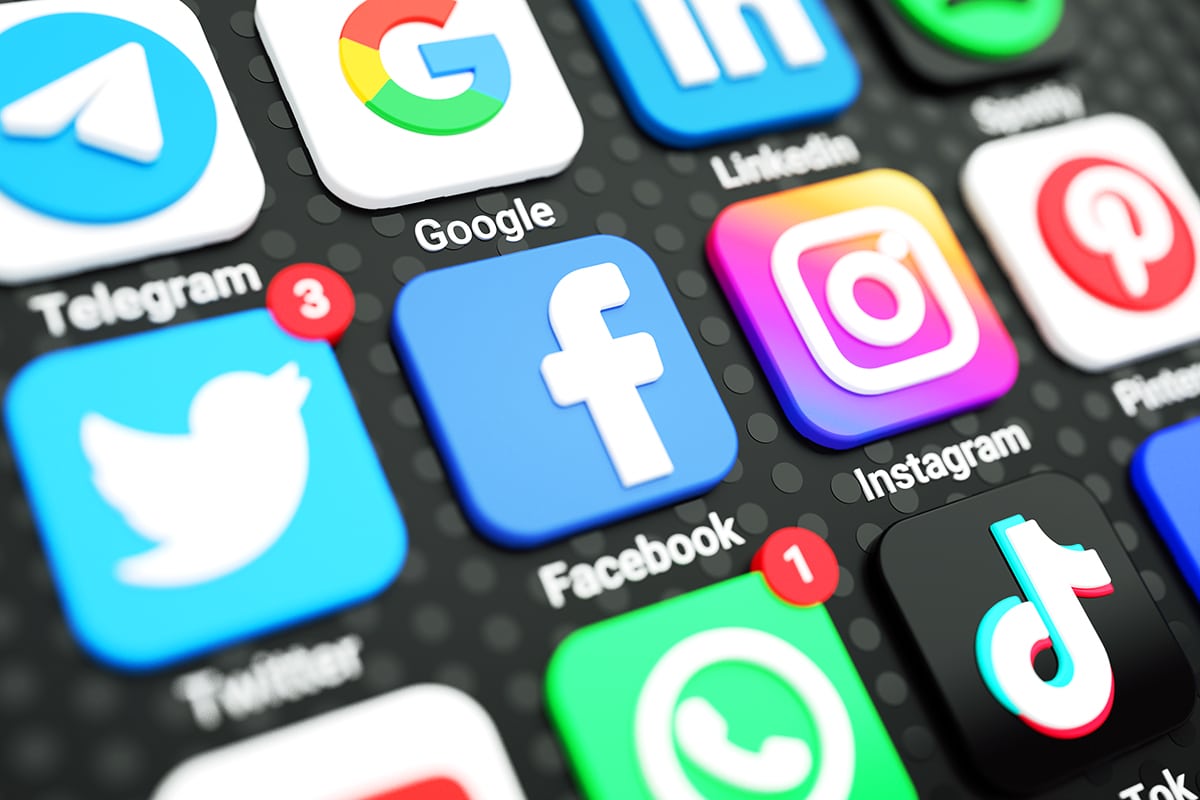Social Media and Television: A Match Made in Heaven
Social media and television are two of the most powerful mediums that are ruling the media space. Social media has been disrupting traditional media, including television, for years now, and it doesn’t seem to be slowing down anytime soon. With more and more people turning to social media platforms for their news, entertainment, and communication needs, it is easy to understand why television networks would want to harness the power of social media platforms to reach a broader audience and boost engagement.
The Importance of Social Media in Television
Social media has proven to be a game-changer for television networks. Not only has it increased engagement with the audience, but it also allows networks to interact with their viewers in real-time. Social media platforms like Twitter and Facebook offer viewers the opportunity to connect with their favorite television shows and characters in a way that was impossible just a few years ago.
TV networks are using social media platforms to build brand awareness, generate buzz, and increase social engagement around their shows. Twitter has become an especially popular platform for live-tweeting during TV shows, and networks have taken notice. By using hashtags and encouraging viewers to join the conversation, networks have been able to extend the life of their shows beyond the traditional broadcast time.
Moreover, social media provides instant feedback from viewers, allowing TV networks to gauge audience sentiment and adjust their content accordingly. It also allows networks to easily track metrics such as traffic, engagement, and views, providing valuable insights into audience behavior.
The Advantages of Social Media and Television Working Together
The partnership between social media and television offers benefits to both parties.
From a television-network perspective, social media provides a platform to expand their reach and engage with audiences in real-time. By leveraging social media platforms such as Twitter and Instagram, networks can amplify their message, driving more viewers to their shows.
On the other hand, social media benefits from partnerships with television networks by providing users with an extra dimension of entertainment. Rather than just sitting on a couch and watching TV, the partnership allows viewers to converse with other fans of the show and participate in online events around it. This interactive experience will attract more users to the platform, ultimately making it more valuable.
How Social Media Elevates Television Advertising
Social media has revolutionized television advertising by giving networks more opportunities to connect with potential audiences. One way network advertisers are using social media is through targeted campaigns. Social media platforms possess valuable data on user behavior which can be used to shape targeted advertising, leading to more effective and efficient ad placements.
Another approach that advertisers are using is influencer marketing. Social media platforms are home to numerous influencers who have significant followings. Working with such influencers is a great way to tap into a new, younger audience that traditional TV advertising may miss.
Additionally, social media platforms also provide advertisers with the chance to create interactive ad formats such as quizzes, polls, and games, which lead to increased engagement with the audience. This increased engagement is beneficial to television networks as it drives more attention to their show, ultimately leading to more ratings.
Tips for TV Networks to Boost Engagement and Audience Reach Using Social Media
While social media presents several opportunities for television networks to boost engagement and audience reach, utilizing the platforms effectively can be challenging. Here are some tips for television networks to maximize the impact of social media on their shows:
1. Choose the right channels – Different social media platforms appeal to different audiences. To get the most engagement, networks must choose the platforms that their target audience is most active on.
2. Use hashtags – Hashtags enable viewers to follow along and join in on the conversation, creating more engagement.
3. Create interactive content – Networks should create more interactive content such as polls, games, and quizzes, as it encourages more engagement with the audience.
4. Tap into influencer marketing – Teaming up with social media influencers that have a significant following is an excellent way for networks to expand their reach.
5. Track engagement metrics – Networks should always track engagement, followers, and likes to determine what resonates with their audience and adjust their social media strategy accordingly.
The Future of Social Media and Television
It is quite evident that social media will continue to play a significant role in television in the future. In fact, some experts predict that social media will eventually replace traditional TV advertising. Television networks will now have to leverage social media platforms to create more interactive experiences for their audiences and maintain their relevance in today’s media landscape.
Similarly, social media platforms will have to optimize their user experiences and create new ways to engage viewers and offer more value to advertisers. The partnership and integration of social media and television have the potential to create endless possibilities in the future.
Final Thoughts
The partnership between social media and television has proven to be mutually beneficial. By leveraging social media platforms, TV networks can increase engagement with their audience, expand their reach to new demographics, and obtain valuable insights into audience behavior. With the explosion of mobile technology, we can expect social media and television integration to continue revolutionizing the media they produce and increasing audience engagement. As such, it is essential for television networks to stay abreast of updates, trends, and best practices within social media to maximize outcomes.




